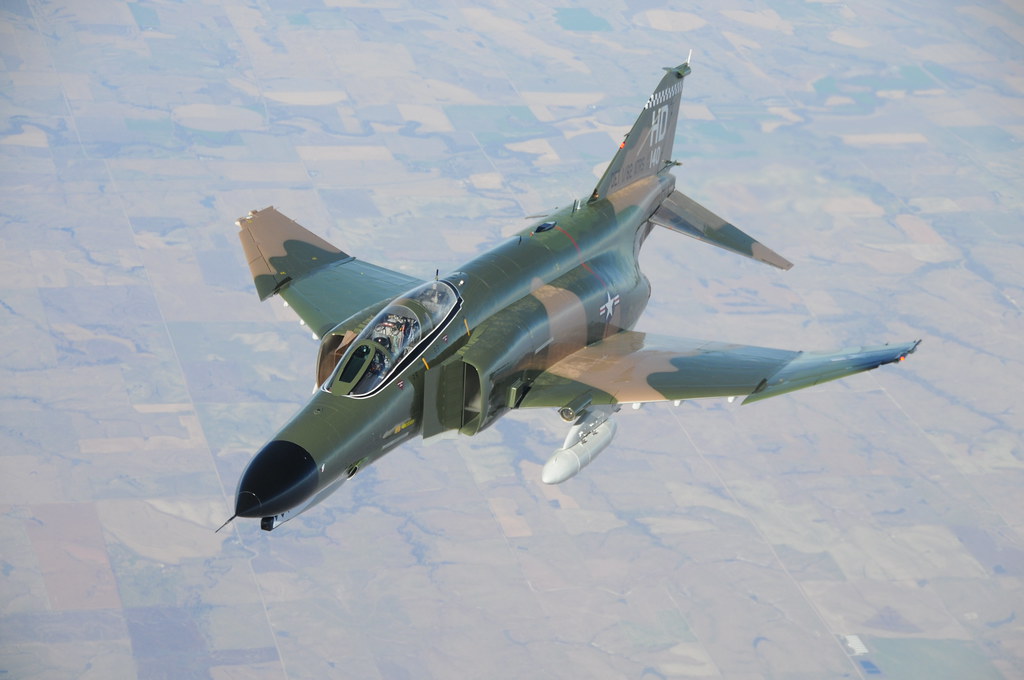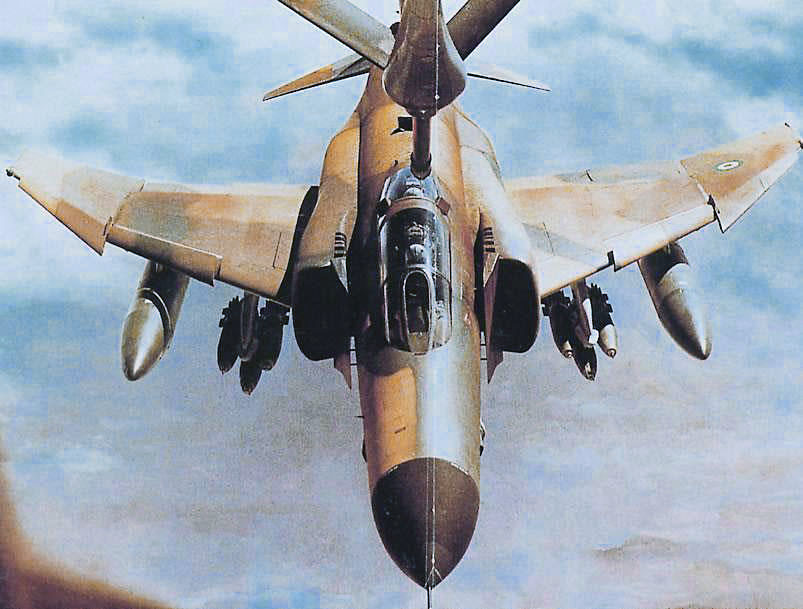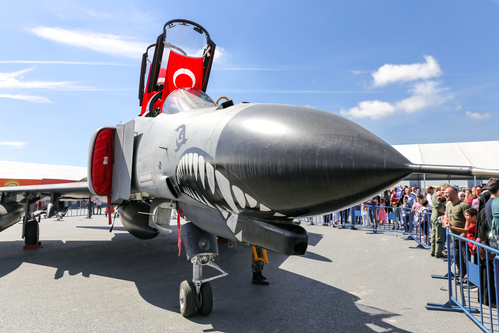
The F-4 Phantom II is a name that conjures respect and nostalgia among aviators and military enthusiasts alike. It was a machine that was not designed to be stealthy or subtle; it was a behemoth that brute-forced its way through combat scenarios.

Born out of the need for a new class of fighter capable of meeting the varied demands of the Cold War, the F-4 Phantom II became a symbol of American airpower and technological might.

With a service entry in 1958 for the U.S. Navy and 1963 for the Air Force, the F-4 quickly demonstrated its capabilities, setting 16 world records including speed and altitude benchmarks.

From the onset, it showcased its prowess, solidifying its role as a formidable player on the global stage. “It was a wonderful aircraft that had lots of power,” said retired Air Force Colonel Joe Latham, underscoring the Phantom’s celebrated performance.

The Phantom was a multi-role workhorse that performed air superiority missions, ground attacks, and electronic warfare with equal aplomb.

The initial lack of an internal cannon was a notable design oversight, as dogfights during the Vietnam War demanded close-range capabilities. This was rectified in later models with the addition of a 20mm cannon.

Despite its initial teething issues like fuel leaks and engine compartment fires, it was the aircraft’s versatility and adaptability that ultimately made it an icon of military aviation.

It carried a significant payload and could execute a multitude of roles, from air-to-ground combat to the Wild Weasel missions that involved hunting and destroying enemy air defenses.

In Vietnam, Phantoms engaged in high-risk dogfights with more maneuverable Soviet MiGs, compelling U.S. pilots to adapt their tactics, exploiting the F-4’s superior speed through vertical maneuvers.

Even the aircraft’s critics, who pointed to its poor rearward visibility and wide turn radius, couldn’t deny the Phantom’s multi-role capability and combat resilience.

Interestingly, it was this ruggedness and adaptability that ensured the Phantom’s longevity, with several air forces around the world continuing its service decades after the U.S. retired the jet in 1996.

According to the Air Force, there are 84 active QF-4s currently in operation at Tyndall Air Force Base (Florida) and Holloman AFB (New Mexico).

It may have been born out of the specific military challenges of its time, but it evolved to become much more, as illustrated by its continued presence in some air forces and its role in missile testing as a QF-4 Aerial Target.

The F-4 Phantom II stands as a testament to American engineering and a symbol of a bygone era of air combat. Its story is one of triumph over adversity and a demonstration of how even the most daunting challenges can be overcome with ingenuity and adaptability.

Despite primarily being assigned ground-attack missions, Israeli Phantom crews were credited with 116.5 aerial kills between 1969 and 1982, according to Israeli historian Shlomo Aloni.
Relevant articles:
– Here’s What Made The F-4 Phantom II Such An Excellent Fighter Jet, SlashGear
– Why the F-4 Phantom Is Such a Badass Plane, popularmechanics.com
– The F-4 Phantom II: The most prolific jet fighter in American history?, Imperial War Museums
– How the F-4 Phantom II became the best-selling supersonic fighter in US history, Airborne ECS
